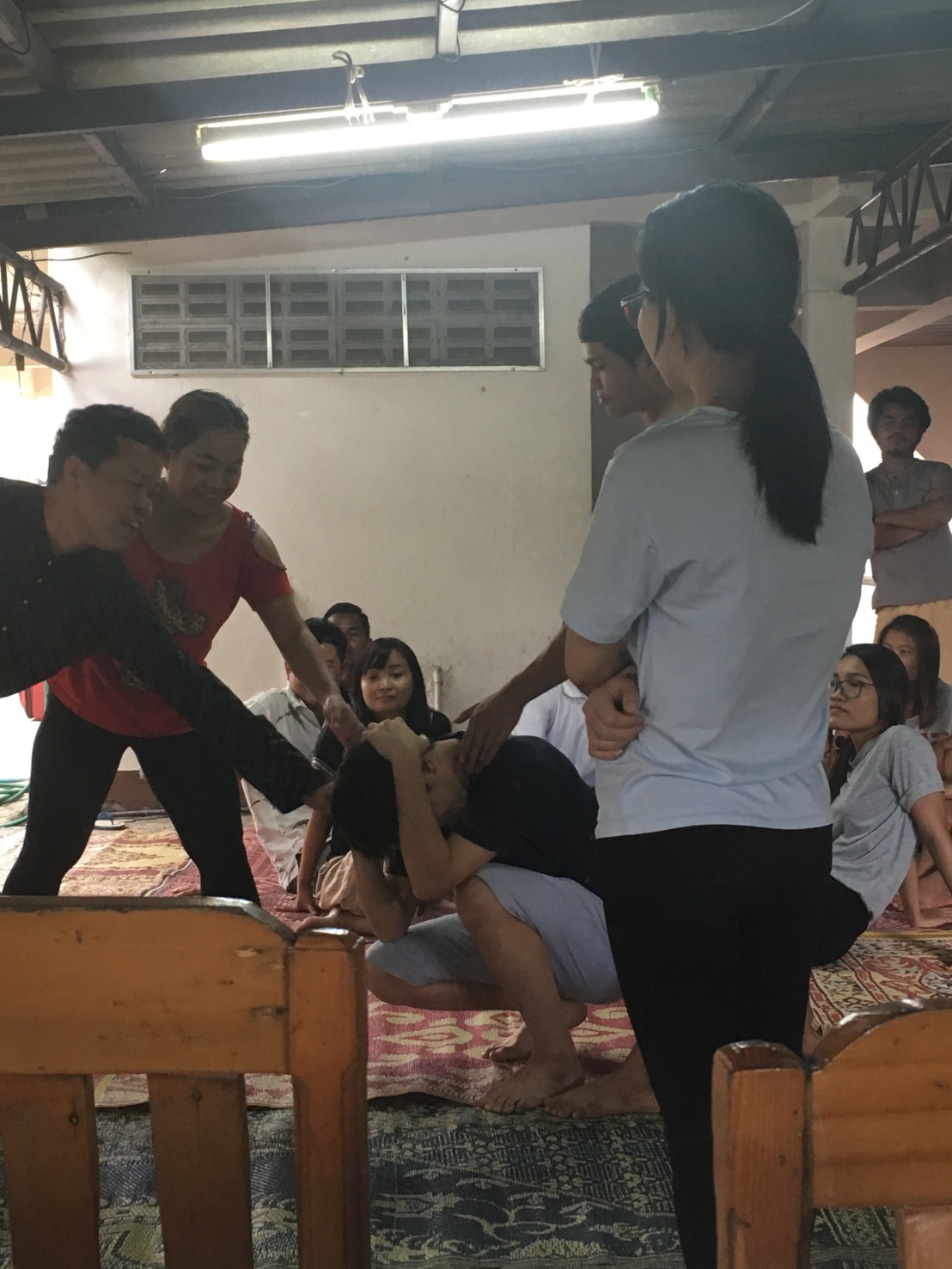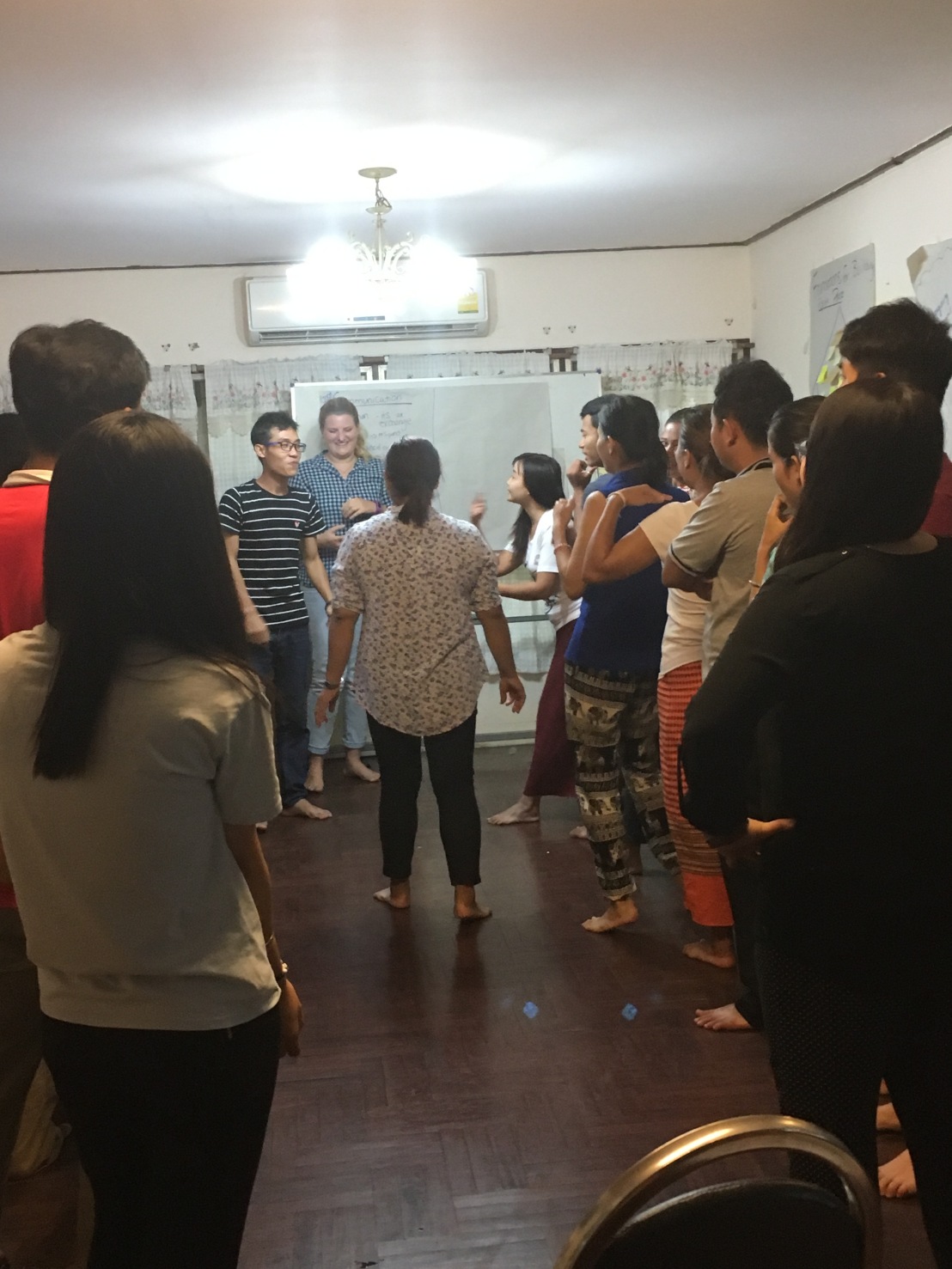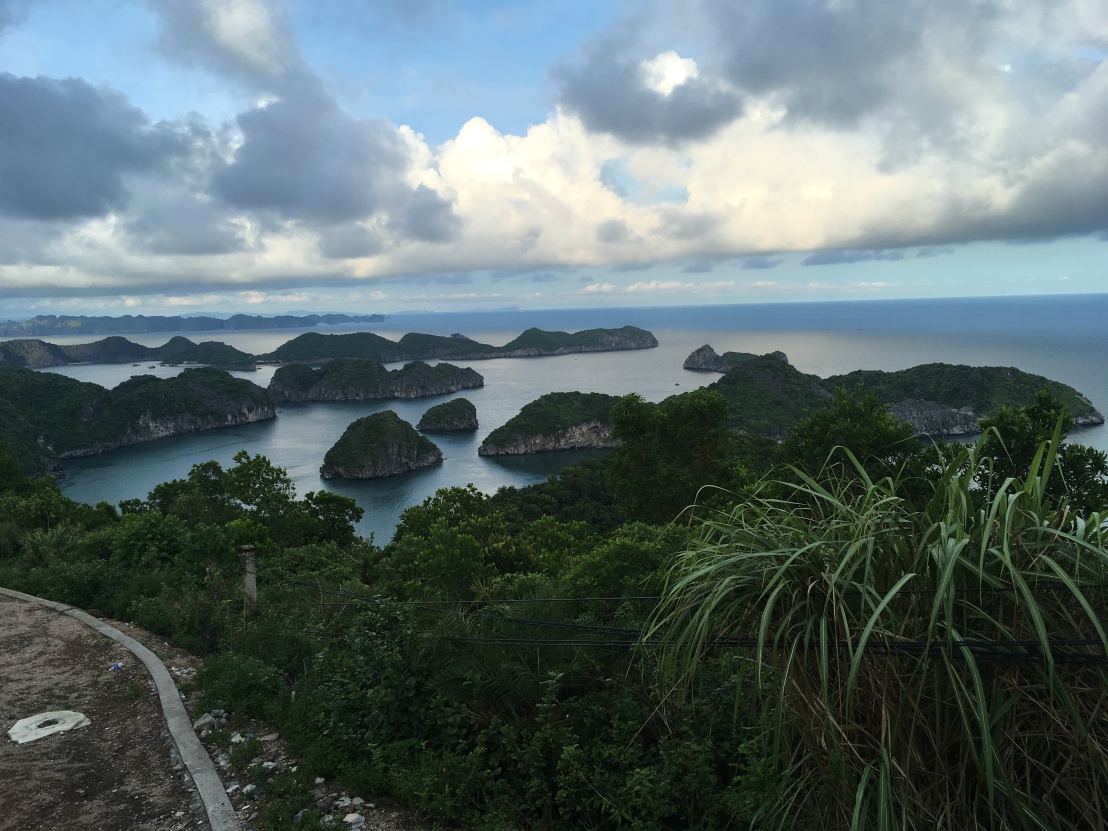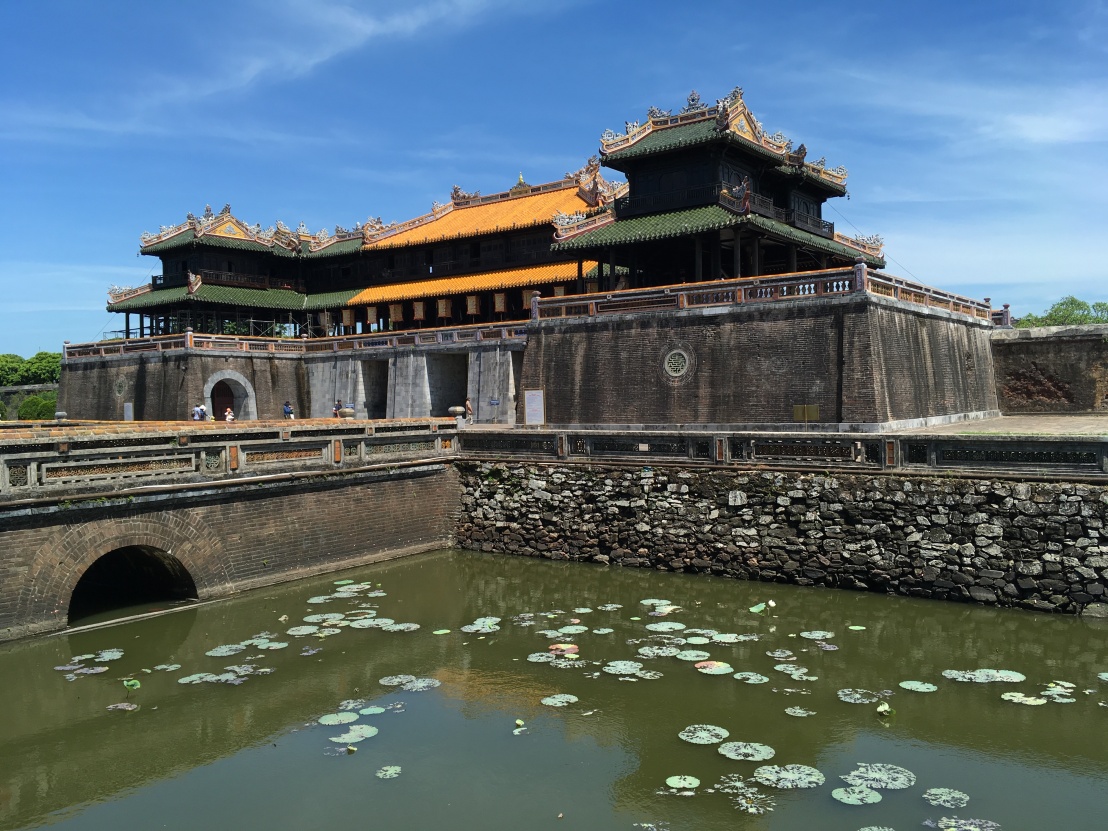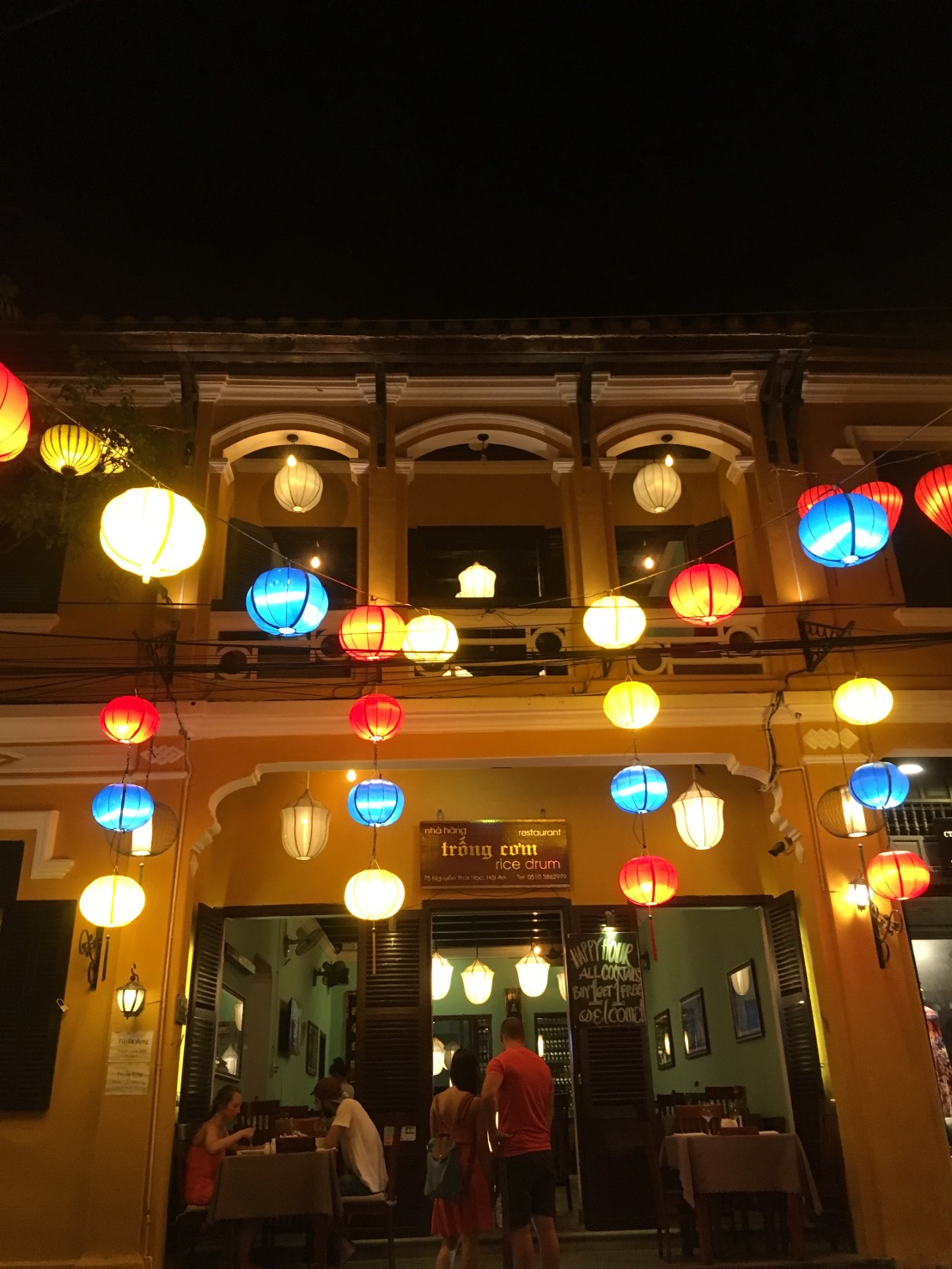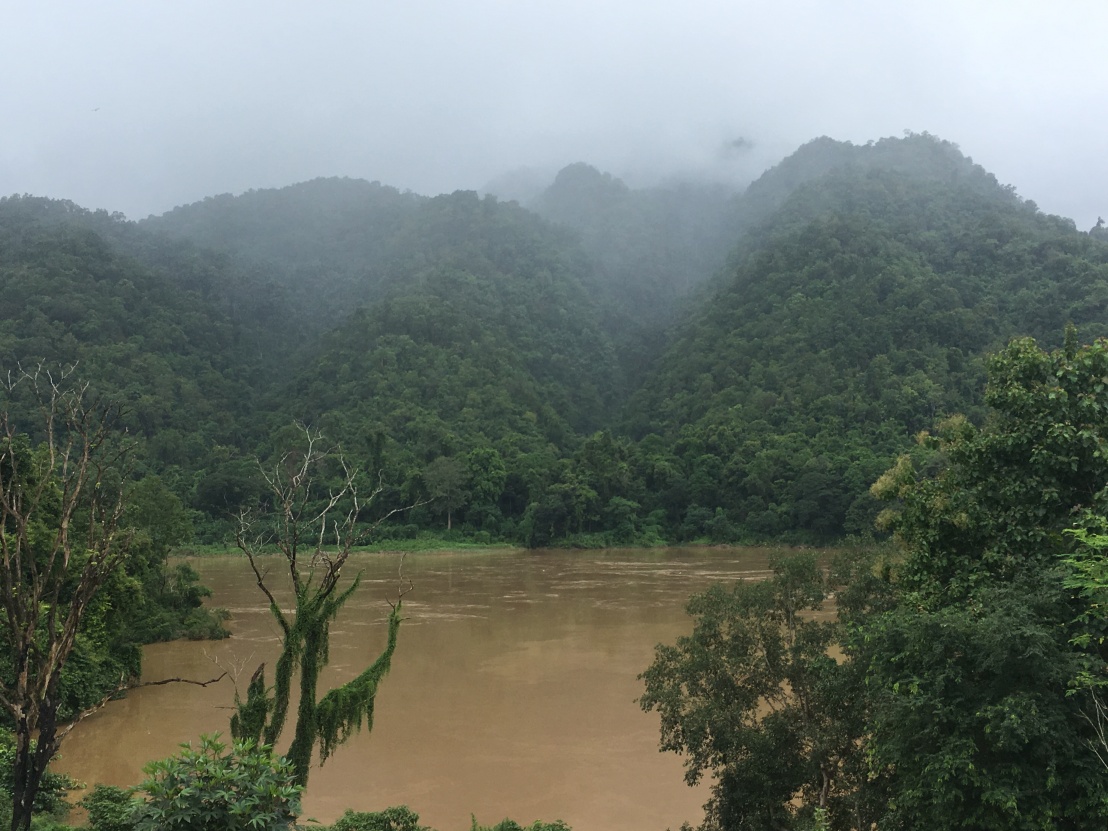
The last couple of weeks here at the EarthRights School have been busy but so much fun. Two weeks ago, I started assisting in teaching English classes several nights a week. This has been both a challenging and rewarding task at the same time. I have realized, through my time here, that teaching is one of the most difficult professions. The amount of time and thought that goes into planning a simple one hour lesson is unbelievable. It takes a long time to create the activities and assess whether or not they will really be beneficial to the students. Additionally, we have students of varying English levels here, so we have to make sure we are accommodating all levels and learning styles.
Another important learning experience has come from the week we spent discussing community organizing. Students learned different techniques to organize and interact with communities and started developing their projects they will work on after they graduate from the EarthRights School. In September, the students will return to their homes to do research so they can learn about how to tackle those projects. The goals of the students range, but many of them are focused on trying to stop dam construction that would be devastating to rural communities.
I think the lessons on community organizing were very valuable, but it was not until we all went to the Salween River that I think the importance of what we learned was fully realized.
The Salween River divides Myanmar and Thailand. It is the lifeblood for many rural agricultural communities living along the river in both countries, and both governments have been working with companies to try to construct dams along the river. Constructing dams would permanently alter these communities’ ways of life.
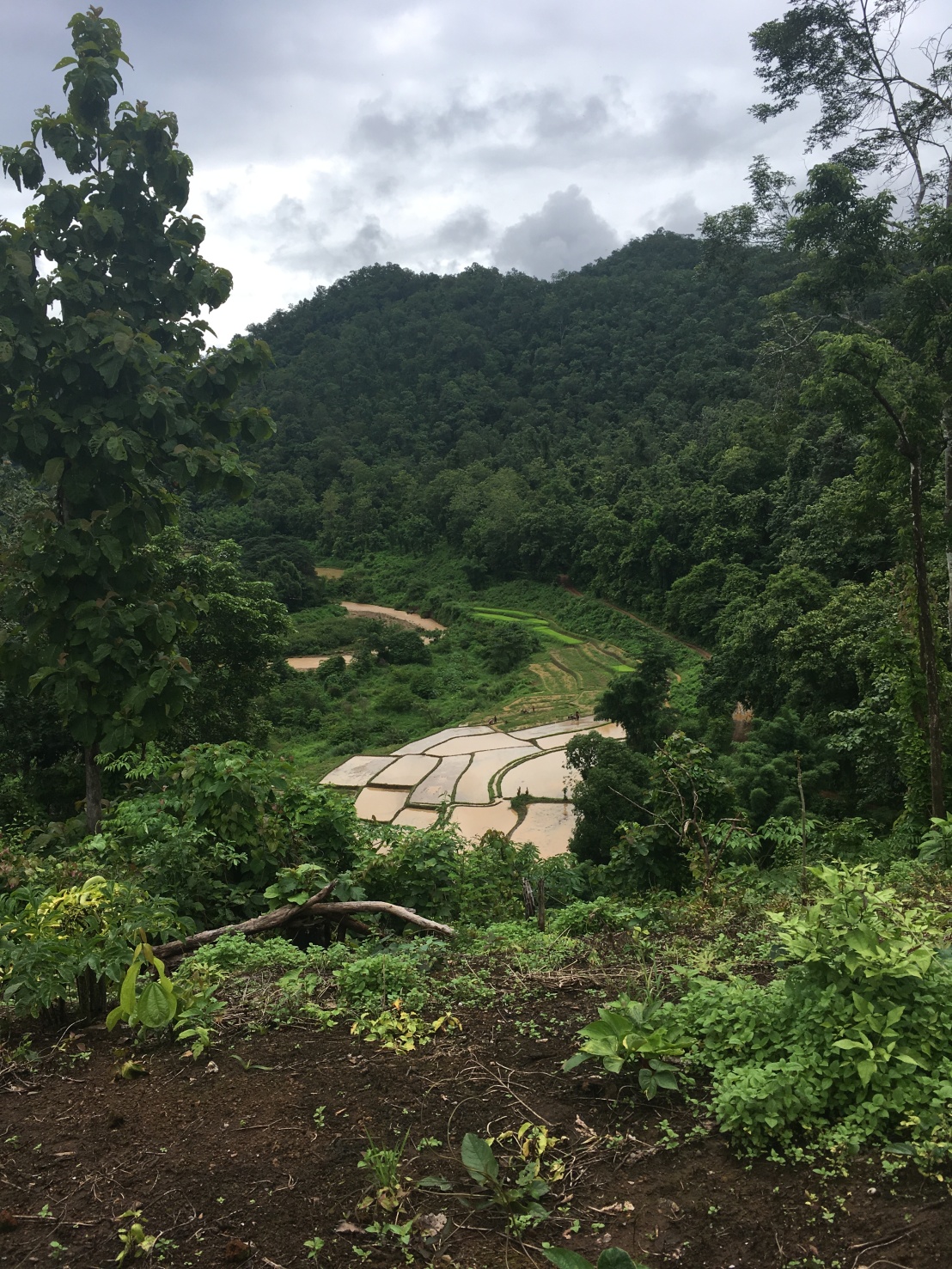
As a class, we spent several days in one of the rural villages along the river. We stayed in the homes of the villagers, which for me, without electricity and modern plumbing, was like camping. We talked to the villagers to learn how they have peacefully sustained their community for over fifty years (the original villagers fled violence in Myanmar). We learned about their struggles and their hopes for the future of their community.
Though I went into the trip thinking that it would be frustrating due to lack of modernity, it has actually probably been one of my favorite experiences thus far. Though the life of the villagers is hard, it is very peaceful. The area we were in was extraordinarily beautiful, and it was nice to put away my phone and appreciate the nature and read by candlelight in the evenings. I also got to go hiking through the mountains and rice fields, which was pretty spectacular.
This particular village has survived because the community has been so effective in working together to sustain their way of life. They work with the local government and NGOs to lobby for their land rights. This was definitely an effective trip for the students to actually see why community organizing is important.
